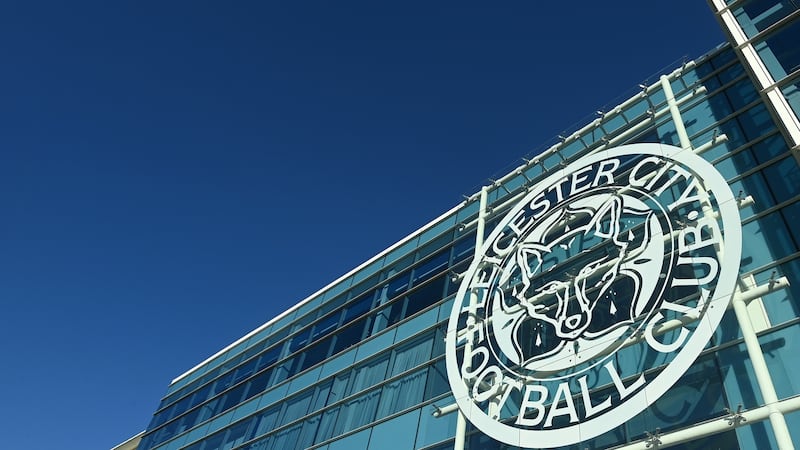Here’s a question that has popped up several times throughout my last few years writing this column. If you were to wave a magic wand tomorrow morning and see sport in its full accessibility glory, what would that look like?
I am not exactly an expert in the area, for starters, but I have lived through numerous experiences, met very qualified people, and research every single policy document there is available on sports and inclusion.
The key areas that I think should be addressed are inclusion, participation, and accessibility.
Accessibility is something that we may never see the end of, which is quite frustrating given how every sports club asks me immediately how can the club be more accessible.
The truth is there is no answer to this. Accessibility to me can be divided into physical access (such as access to the pitch, access to the facility and access to socialising) and metaphorical access (volunteers being trained in dealing with people with disabilities, staff being aware of what to do when encountering someone with a disability, and more importantly, just ensuring that everyone has the common sense to cope in a situation and not be riddled with fear).
Automatically for me, something that pops up time and time again is the cost of equipment and the cost of kitting out a facility and making it as accessible as possible.
During a conversation I had with Kerrie Leonard, a Paralympian who has competed in archery and is looking to regain her Tokyo 2021 status, the idea of renting equipment from Archery Ireland blew my mind. To have equipment given to you for a minimal fee so you can learn, adapt and see what suits you, is something so minor in the grand scheme of things, it's obvious it's a necessity.
Equipment is obviously expensive, especially when you’re going down the road of adapted equipment that one person can only use. Of course, a company is going to charge a fortune for this equipment, this isn’t something that can be put on the market, this is something that maybe one person out of four billion will possibly ever use in their life, and even at that, it is for a very short limited time.

These are the barriers every day that people with disabilities face if they want to participate in sports. These are the everyday issues that a lot of people would take for granted. How excited were we to all run out onto our local pitch, kick a ball (non-contact, of course) and just live life as if there are no barriers in the way? How excited were we to pick up our golf clubs and head out onto the courses and probably hit a few astray?
Obviously, the newest part of my research brings me to access to stadiums. At the moment, in the United States of America, the 1 per cent rule not only implies 1 per cent of the stadium must be accessible, but it also implies that 1 per cent of each section of the stadium has to be accessible. For example, all four stands, press boxes, locker rooms, access to the pitch, and corporate boxes.
This is something that still lacks in Ireland. Maybe it is partly because our stadiums were built when access policies were non-existent from the Department of Health. That’s not to disregard the Department, it is more of a reflection of the times the stadiums were built.
A study conducted in the Premier League asks the question of which stadium is the most accessible. The surprising answer was that it was Leicester City. That stadium was built relatively recently and had to comply with access policies and documentation to receive grants to build these facilities. As an example, they have facilities for people who are deaf, blind and have intellectual disabilities.
These are all incredibly minor details that could significantly impact society and those who are marginalised and on the fringes of our community.
If I did have my magic wand, I’d love to rock up to my local GAA pitch in 10 years and see kids of all abilities participate. Watching a child with autism hand out bibs and hang out with his peers, while a child who is a wheelchair user pucks the ball around and has a laugh with his schoolmates.
We’ve all seen the benefits of sport. We all know how sport has gotten us through the worst pandemic in living memory. We all know what it’s like to be marginalised and isolated. I urge everyone to put those feelings into their sports club and try to make these images a reality.
















